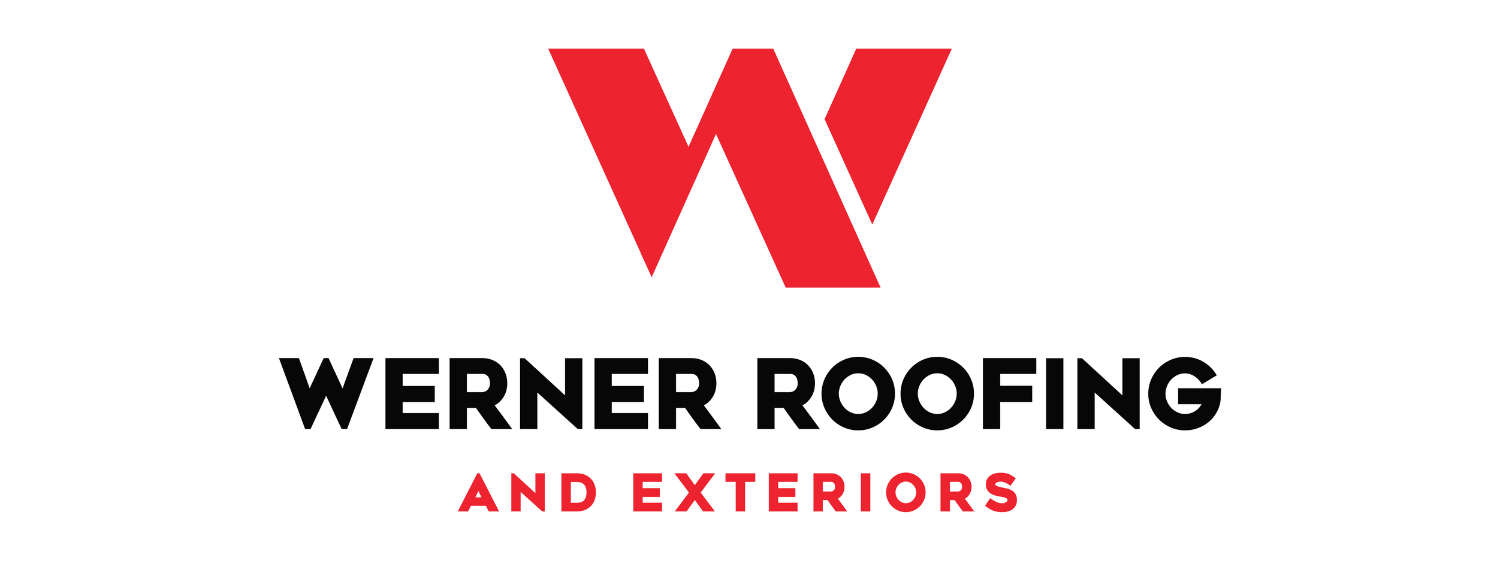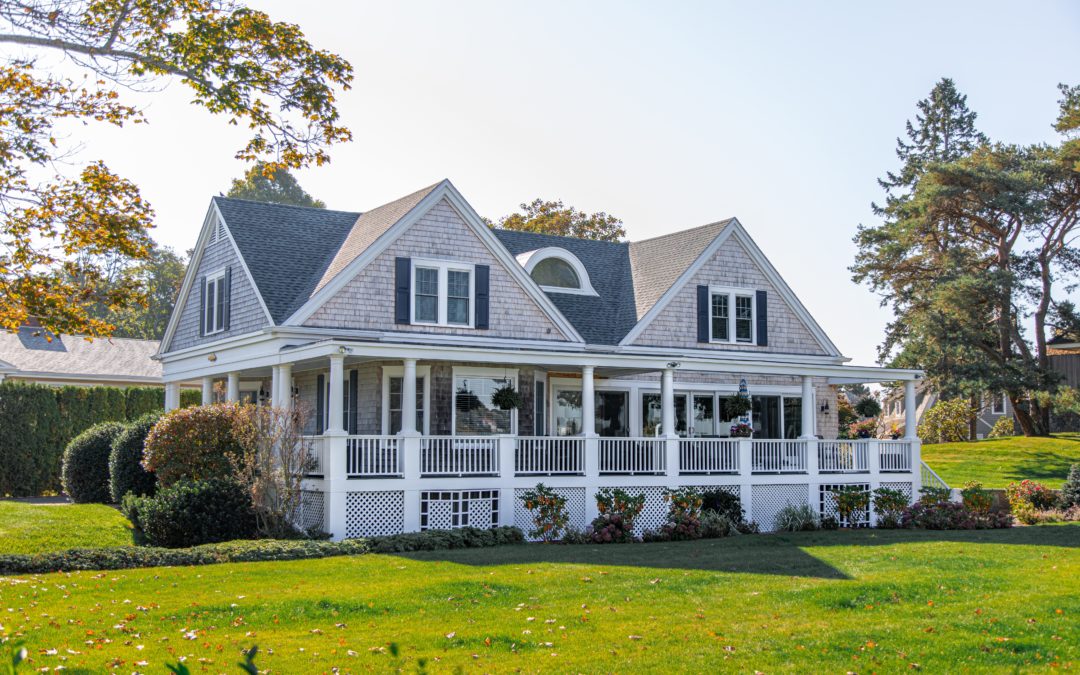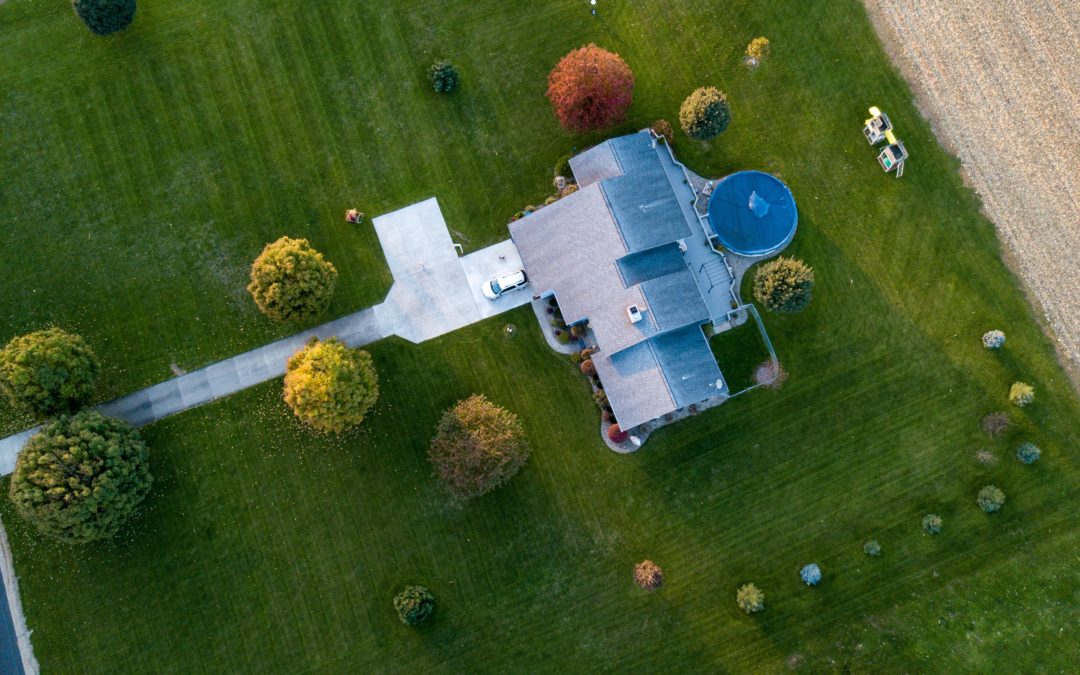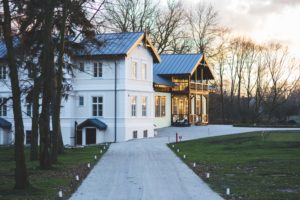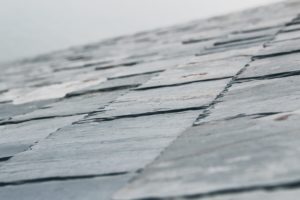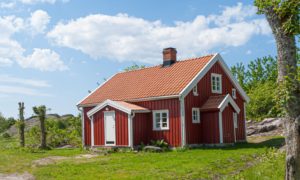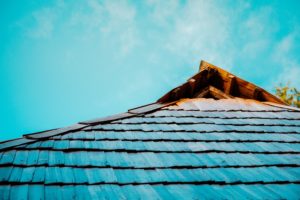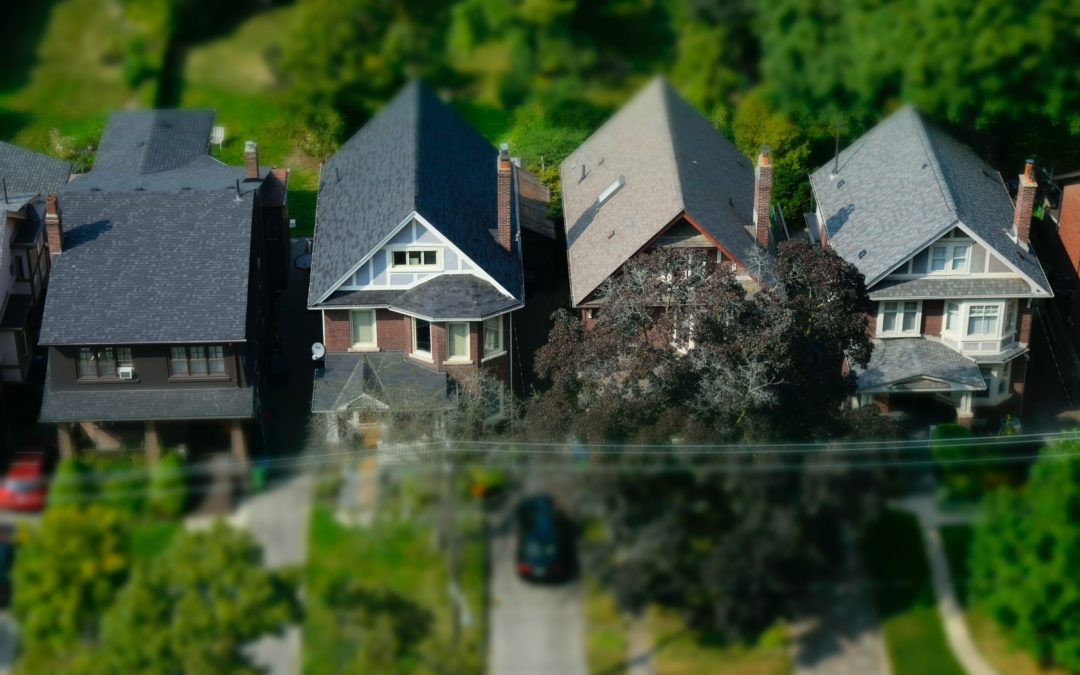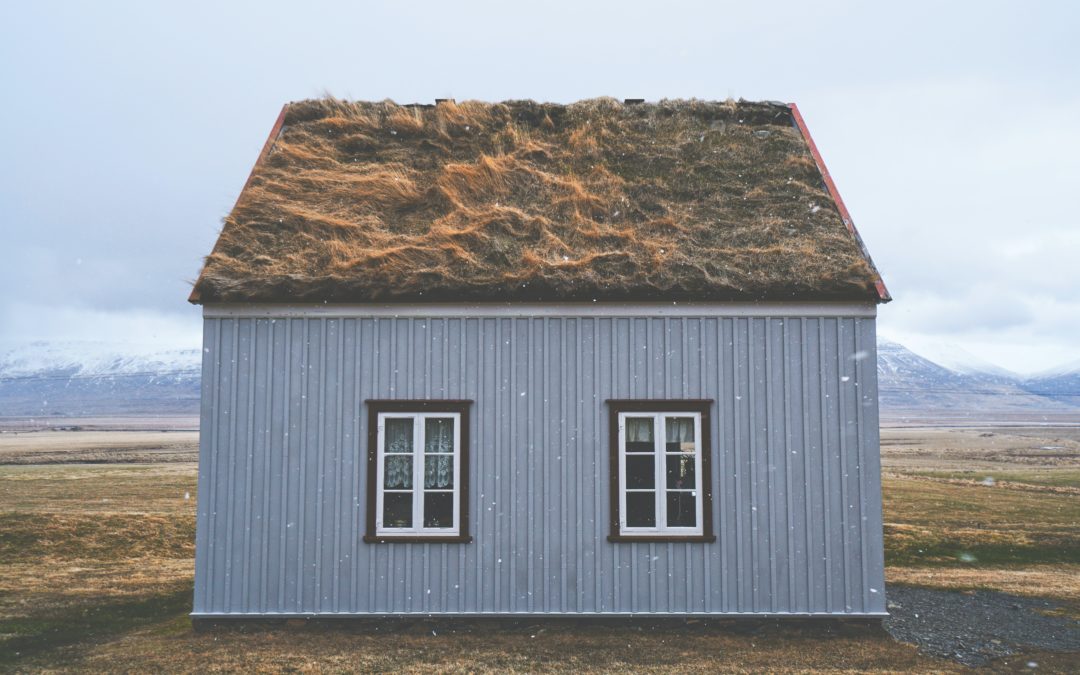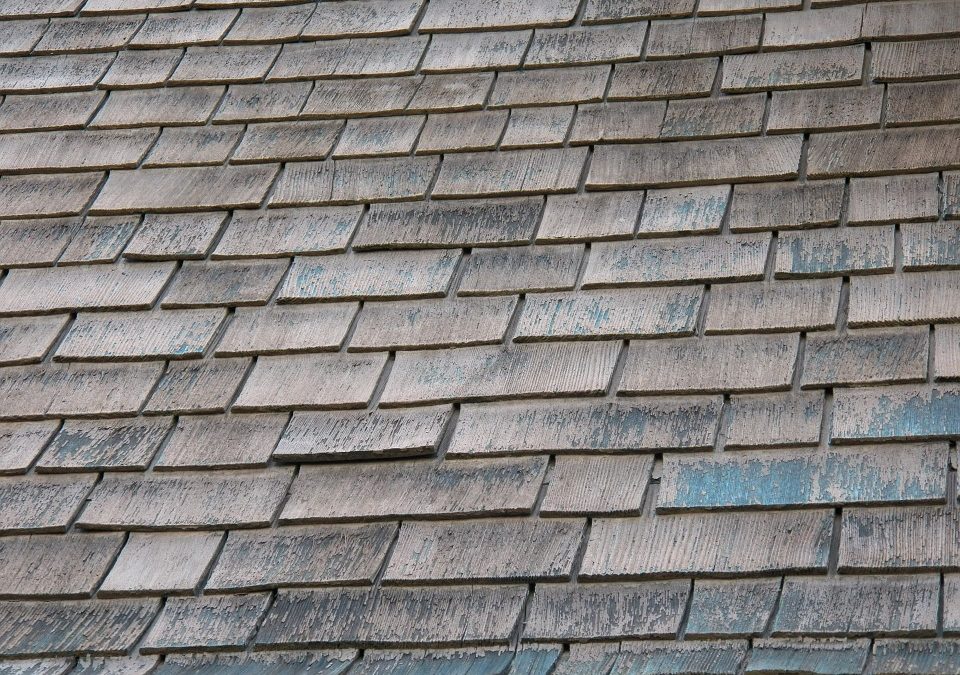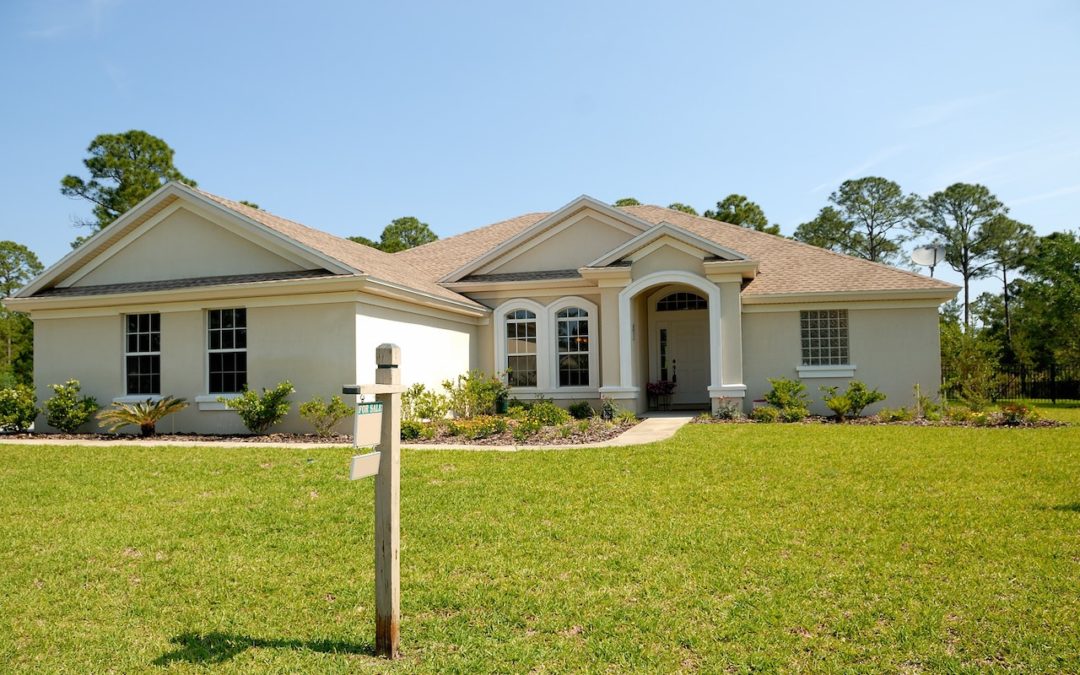
What Type of Roof Should You Put on a New House?
What Type of Roof Should You Put on a New House?
Can’t you just picture it? The white picket fence, beautiful landscaping, and big front porch complete with a swing — it’s everything you wanted in your dream home! You know exactly what color you want to paint the walls, already have your backsplash picked out, but hold on a minute. Have you thought about what type of roof your new house should have?
It might not be the most glamorous or exciting part of designing a new house, but the roof you choose is important, and we’re not talking about just aesthetics. You need a roof that works as good as it looks, which is why you need to consider the following things when deciding which roof is best for your new home.
Roof Material: Selecting Shingles
There are three main types of shingles used on new house roofs in this area: asphalt, wood shakes, and metal. As with any decision, it’s essential to weigh the pros and cons of each option. Here’s what you need to know before you choose:
Asphalt Shingles
The most common and cost-effective, asphalt shingles offer protection from water, fire, and moderate winds, work well on most any style of home, and last around 15 – 25 years. The two types typically chosen are called 3-Tab and Architectural.
- 3-Tab shingles. These are the most economical up-front, and coincidentally enough, come in sections of three that lie flat, offering a traditional look.
- Architectural shingles. These are thicker than the standard 3-Tab variety, thus offering more durability. In addition, they are more versatile aesthetically, providing a layered effect in varying shapes and sizes. While the initial cost is higher than 3-Tab shingles, architectural asphalt shingles tend to last longer and often prove to be a good investment in the long run, making them a popular choice.
Wood Shakes
If you want a more natural appearance, wood shakes or shingles are typically made of cedar, redwood or southern pine, though they require regular maintenance to keep their appearance from fading. They can be sawn or split and have a lifespan of around 30 years. While they have a natural resistance to water and insects, and are also resistant to damaging winds, they do need to be treated to offer appropriate fire protection.
Metal
Metal roofs are the longest lasting, with a life expectancy set at a minimum of 50 years! They’re also more expensive than other options, though a worthy investment over time. Not only do they offer longevity, but they are also lightweight, resistant to water, fire and wind, and are quite energy-efficient.
You can choose shingles or standing seam metal sheets, but keep in mind that repairs to these types of roofs can be more costly than those made of other materials, and metal roofs need to be installed over attic space or a closed frame to ensure noisy rain storms don’t keep you awake!
Your New House’s Roof Design: Figuring in Other Factors
Probably one of the biggest factors that feed into which type of roof you choose is how much you can spend, right? You want to make sure your choice provides the best value, which means you want a quality roof with great curb appeal, but it has to be at a price that makes sense for you. Well, to find that balance, you need to weigh more than up-front expenses vs. long run. You need to consider more than just the cost of materials. You also need to think about the style, structure, and location of your new home and how these can affect your budget.
- Roof Style. If the shape of your new roof sports a lot of intersecting rooflines (valleys) or things like skylights, turrets, and multiple chimneys, it is going to cost significantly more to roof than a house with a simpler style. The same is true of larger homes compared to smaller footage.
- Roof Structure. It’s also good to inquire about the strength of your framing. How much weight can the structure of your new home handle? This can help you determine which shingles are the most appropriate to use.
- The Location of your Home. Whether your house is situated under a shady canopy or exposed to full sun can make a difference in the type of roofing material you use. It can also impact the maintenance and possible resistant treatments required.
Choosing the Right Roof for Your New House
A new house is definitely exciting, but it comes with a lot of decisions to make, not the least of which is what type of roof to put on it! If you’re ready to decide on a new roof for your new home, reach out to Werner Roofing. We offer the most reliable product lines installed by expert roofing crews and can help make your decision a whole lot easier. Give us a call today at 616-844-5382 and we’ll help you choose a roof that fits both your vision and your budget, and will protect your new home for years to come.
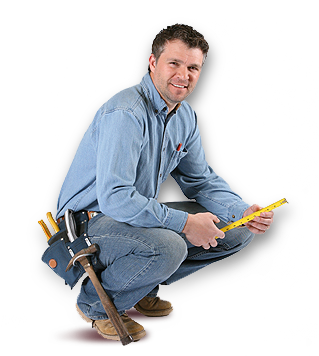
OUR FREE ROOF INSPECTION
How do you know when it’s time for a new roof? The only way to be sure of your residential roof’s current condition is to have a licensed professional personally inspect it. Werner Roofing is proud to offer free roof inspections for every client, so you can be sure of your roof’s condition. Every Werner Roofing inspection comes complete with our promise: “We won’t recommend or sell a roof replacement unless it’s necessary.”
